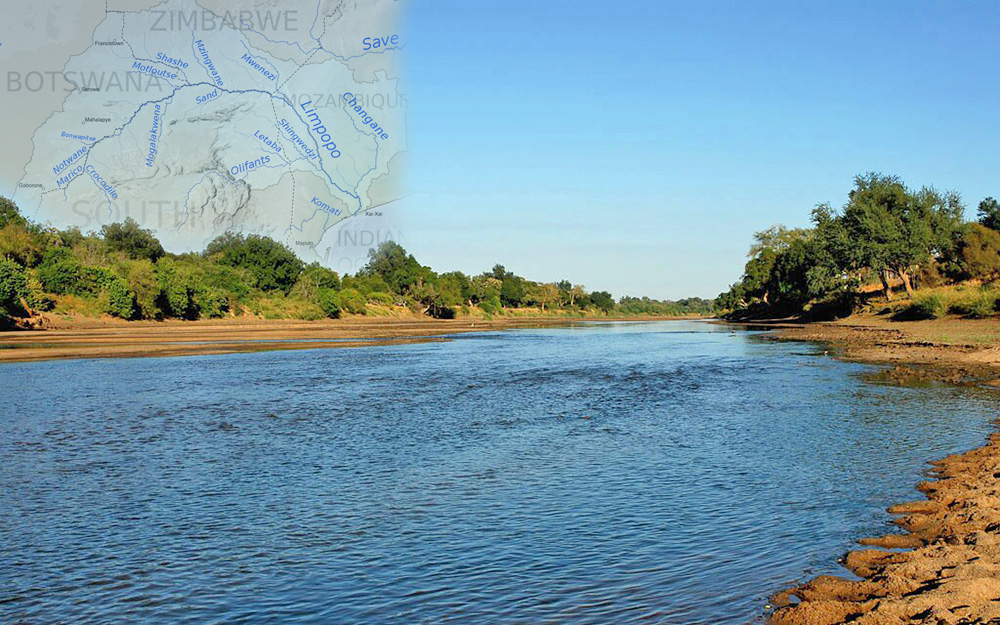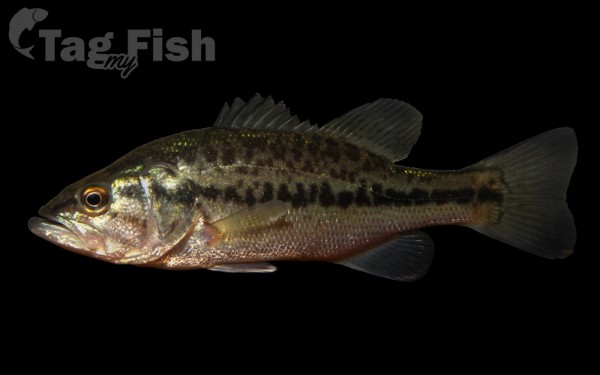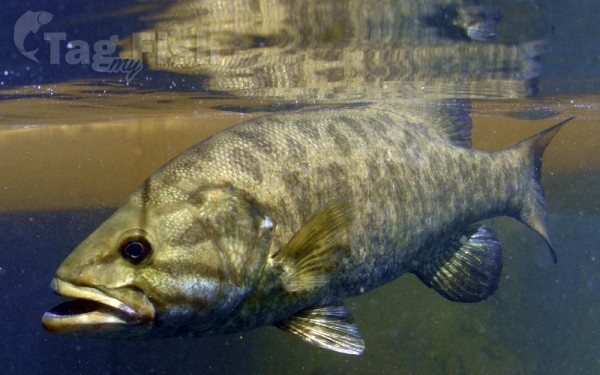Limpopo

Centrarchiformes - Basses and sunfishes
Centrarchiformes - Basses and sunfishes
Centrarchiformes - Basses and sunfishes
The Limpopo River rises in South Africa and flows generally eastward through Mozambique to the Indian Ocean. The term Limpopo is derived from Rivombo (Livombo/Lebombo), a group of Tsonga settlers led by Hosi Rivombo who settled in the mountainous vicinity and named the area after their leader.
The river is approximately 1,750 kilometres (1,087 mi) long, with a drainage basin 415,000 square kilometres (160,200 sq mi) in size. The mean discharge measured over a year is 170 m3 (6,000 cu ft; 170,000 l; 44,900 US gal) per second at its mouth.
The Limpopo is the second largest river in Africa that drains to the Indian Ocean, after the Zambezi River.
The first European to sight the river was Vasco da Gama, who anchored off its mouth in 1498 and named it Espirito Santo River. Its lower course was explored by St Vincent Whitshed Erskine in 1868–69, and Captain J F Elton travelled down its middle course in 1870.
The drainage area of Limpopo River has decreased over geological time. Up to Late Pliocene or Pleistocene times, the upper course of the Zambezi River drained into the Limpopo River. The change of the drainage divide is the result of epeirogenic movement that uplifted the surface north of present-day Limpopo River, diverting waters into Zambezi River.








